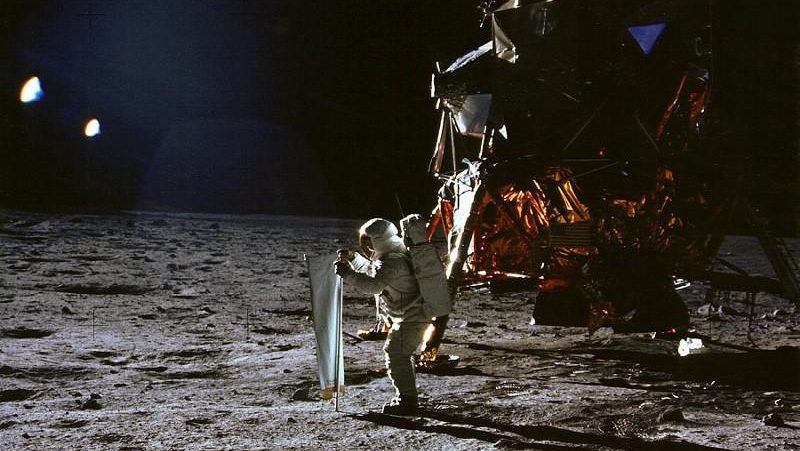Why Scientists Become Involved in Public Outreach

In a new co-authored study with John Besley and Sang Wa Oh at the journal Public Understanding of Science,we expand on our recent work examining how scientists as a group perceive and understand public opinion, the media, and the policy process. In this most recent analysis, we focus specifically on the motivations, beliefs, and conditions that shape scientists’ involvement in communication with the public and the news media. I will have more about this study and the research we have done in the area in upcoming blog posts and in a column at The Public Square. For now, below is the summary from the Sage Insight blog.
From Public Understanding of Science
The aim of this paperis to better understand the motivations, beliefs, and conditions that promote scientists’ involvement in communication with the public and the news media. This research provides secondary data analysis of two large-scale scientist surveys, a survey of American Association for the Advancement of Science (AAAS) members and a survey of university scientists by the United Kingdom’s Royal Society.
Scientists appear to believe that the public needs to pay more attention to experts’ suggestions and feel that scientists are often inappropriately marginalized in debates involving science. The primary motive identified by scientists for engagement appears to be to increase science literacy and thereby reduce public deficits in knowledge. It was found that scientists who have reached mid-career status are more likely than their peers to engage in outreach and that chemists are less likely than other scientists to do so. The role of perceived importance suggests there is a need to find ways to demonstrate that engagement is valued by those who fund scientists and those who make decisions about their career advancement. Overall, the analysis provides quantitative evidence that, if the goal is to increase and improve the media and public outreach activities of scientists, more research is needed on how individual- and organizational-level factors shape the views and behaviors of scientists. This research can then be used to develop programs and resources that motivate and enable scientists to participate in civic life.
Abstract
This research provides secondary data analysis of two large-scale scientist surveys. These include a 2009 survey of American Association for the Advancement of Science (AAAS) members and a 2006 survey of university scientists by the United Kingdom’s Royal Society. Multivariate models are applied to better understand the motivations, beliefs, and conditions that promote scientists’ involvement in communication with the public and the news media. In terms of demographics, scientists who have reached mid-career status are more likely than their peers to engage in outreach, though even after controlling for career stage, chemists are less likely than other scientists to do so. In terms of perceptions and motivations, a deficit model view that a lack of public knowledge is harmful, a personal commitment to the public good, and feelings of personal efficacy and professional obligation are among the strongest predictors of seeing outreach as important and in participating in engagement activities.
Article detailsBesley, J., Oh, S., & Nisbet, M. (2012). Predicting scientists’ participation in public life Public Understanding of Science DOI:10.1177/0963662512459315





